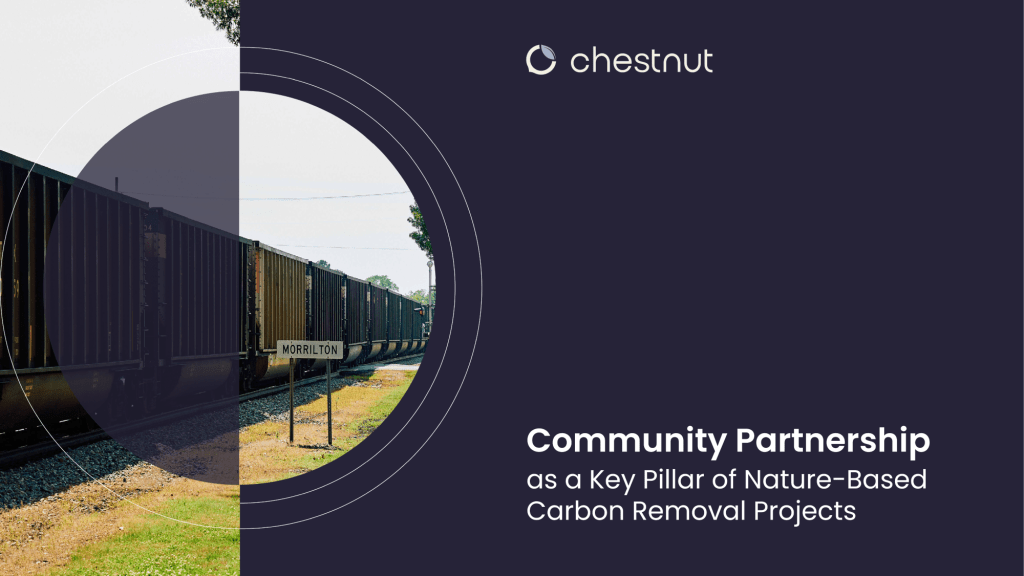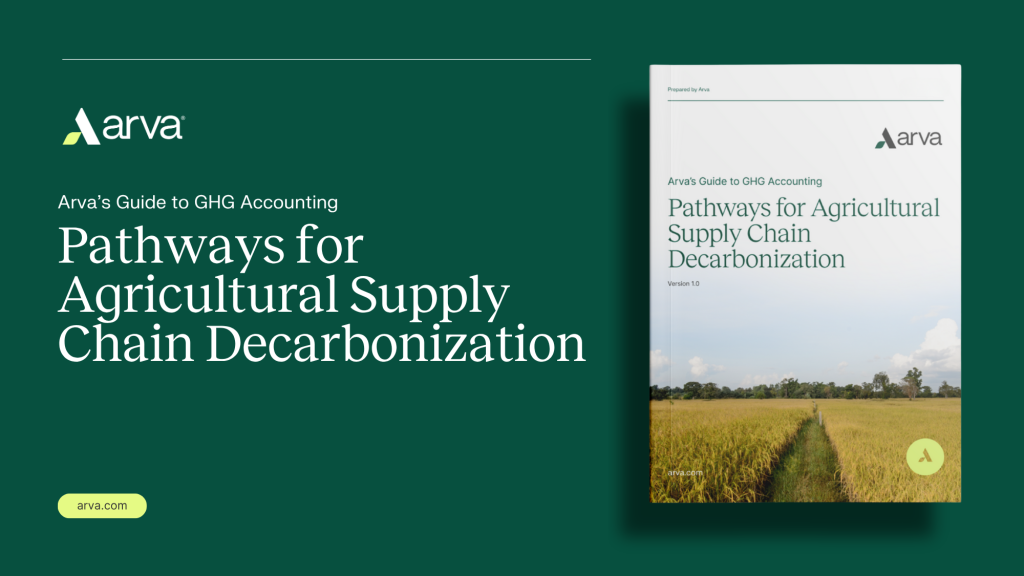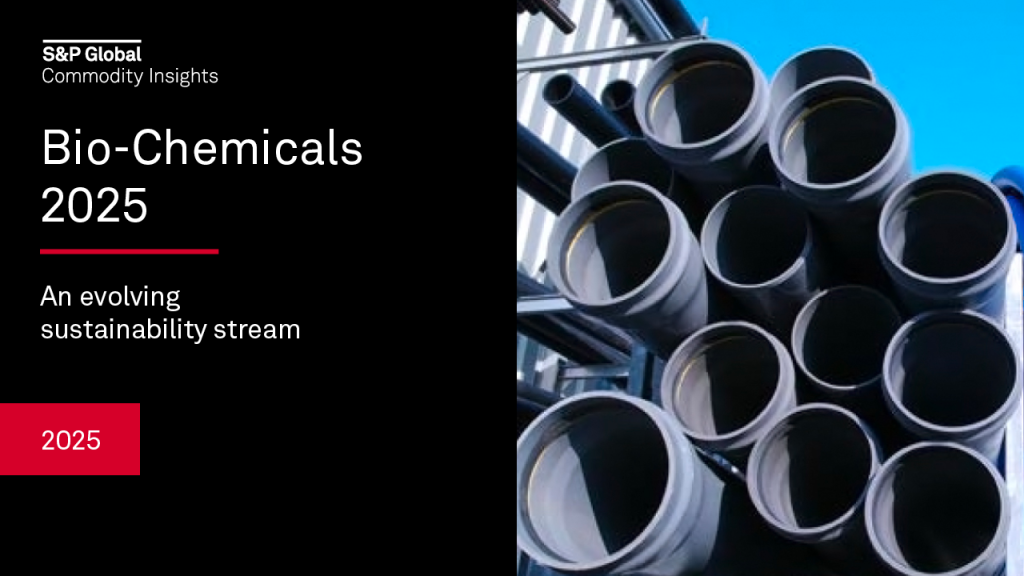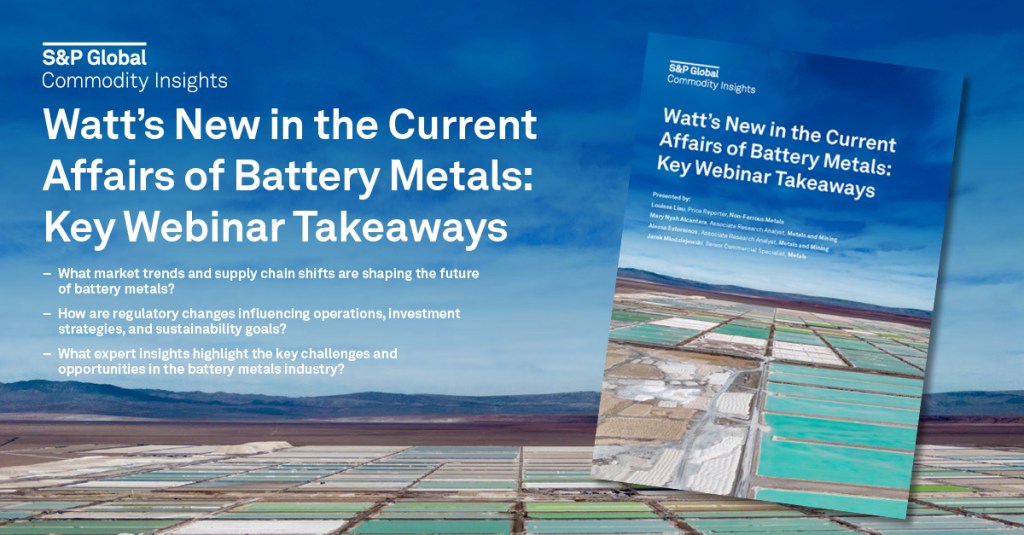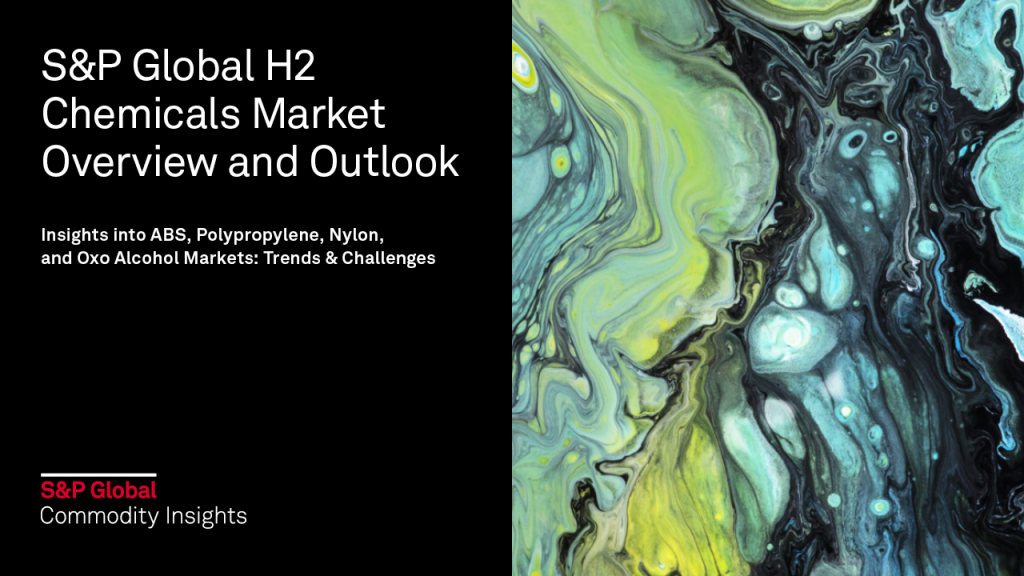Royal Dutch/Shell Reducing Water and Wastewater Footprints
The Royal Dutch Shell Group and Petroleum Development Oman (PDO) have worked at reducing the water and wastewater “footprint” of their operations in Oman.
Shell and PDO have more than 800 water supply wells abstracting water from shallow aquifers. The water is used for industrial purposes and to provide a domestic supply to employees and local communities.
Oil extraction produces more than 700,000 m3/d of water. This figure will increase to over one million m3/d by 2015. A further 55,000 m3/d of water is abstracted from aquifers for use in industries related to oil production and for domestic supplies.
The following hierarchy of management principles is in place to minimize cost and maximize value. The aim is to turn wastewater into a resource:
- Minimize volume produced;
- Maximize reuse of production water;
- Phase-out shallow disposal wells into aquifers;
- Return water to producing oil reservoirs;
- Dispose surplus water to producing oil reservoirs.
Applying these principles has prompted innovation with advances being made on many fronts. Shell and PDO are working on technologies around wells and reservoirs which minimize water production and ensure that water is being reused to maximum advantage. This includes re-injecting the extracted water to increase oil reservoir pressure which improves the efficiency of oil extraction. Seismic imaging technology is crucial to this operation.
Shell and PDO are working on ways to separate the water coming out of the oil reservoir while still in the well bore or at the wellhead. Cyclone-based technology is one example. This reduces the cost and energy intensity of the separation which otherwise has to take place at the surface with conventional technologies.
Once water is at the surface, Shell and PDO have developed some innovative approaches for its reuse (in addition to re-injection into the oil reservoir). For example, Shell and PDO constructed a pilot facility to channel the water through reed beds to improve its purity. After reed bed treatment, the water is still saline but is acceptable for use for irrigation of salt tolerant crops. A variety of crops and trees are being examined to test their suitability. Some of them may be useful in fiber production and could create new businesses and employment in Oman.
In the past surplus production water was disposed through wells into shallow aquifers. This practice is being phased-out to avoid polluting the ground water, thus ensuring that it is available for future use.
The sustainability of existing and future water supply schemes has been analyzed using hydro-geological models. The studies indicate that natural replenishment matches demand so the necessary water supplies can be maintained for the foreseeable future. This approach to water management has been fully integrated in Oman’s national water management plan and has been selected also as an example for best practice sharing in the oil industry’s “Water Management Good Practice Guidelines.”
——–
This case study is part of the WBCSD’s report Collaborative Actions for Sustainable Water Management, which identifies steps that business can take, in interaction with other stakeholders, to ensure sustainable water management.
